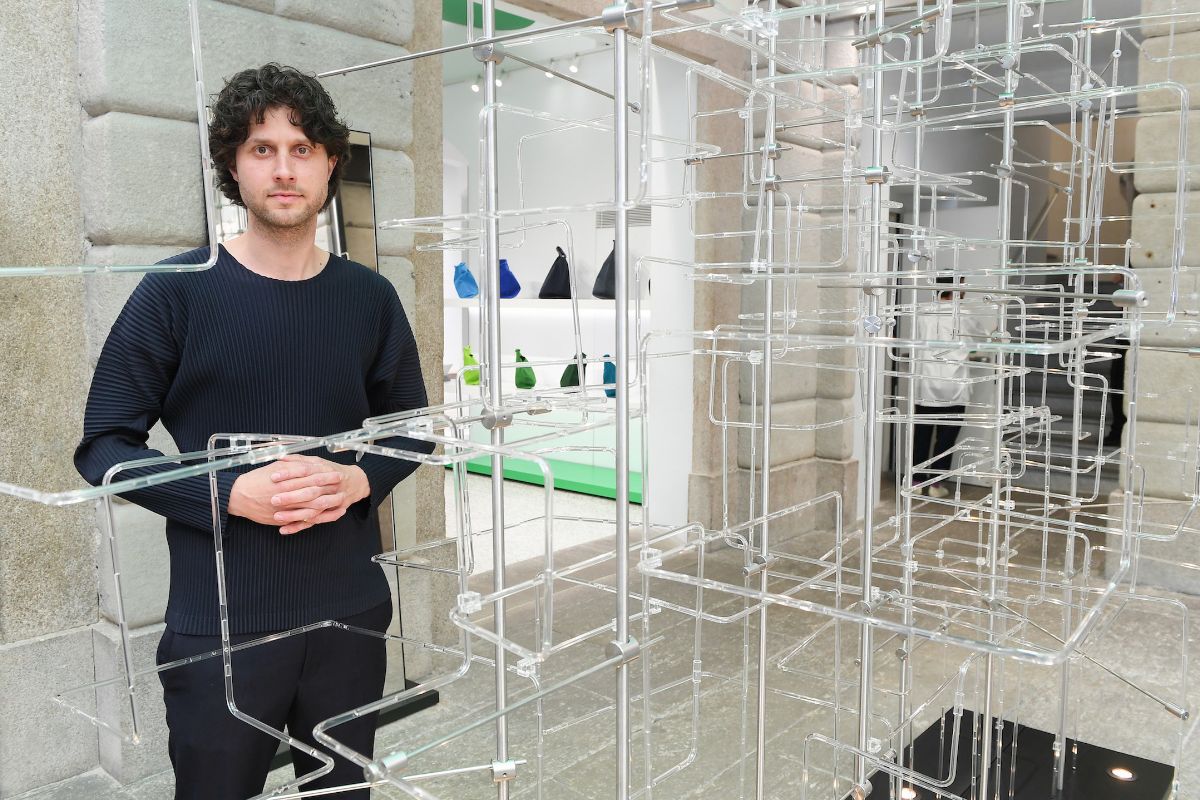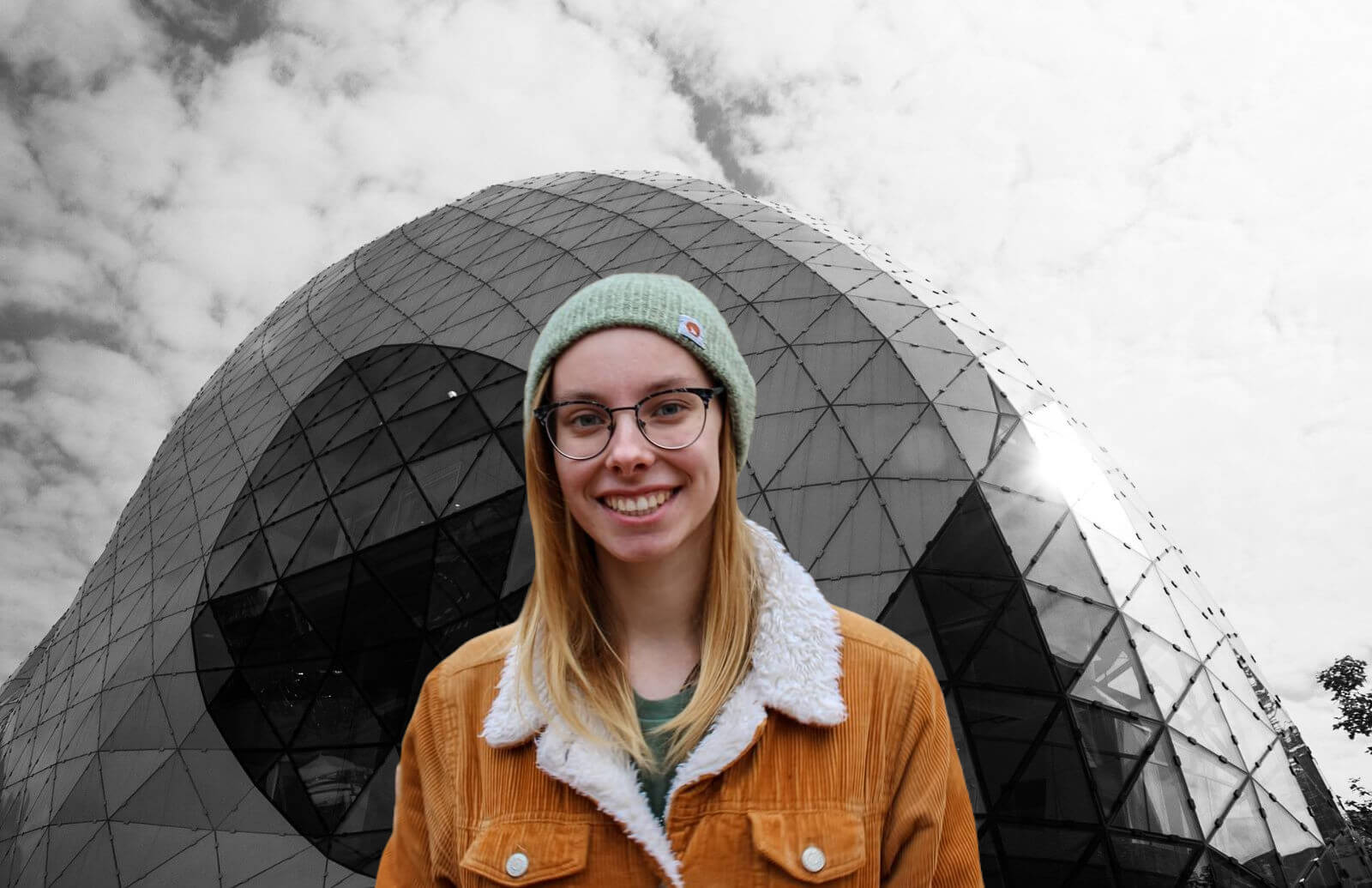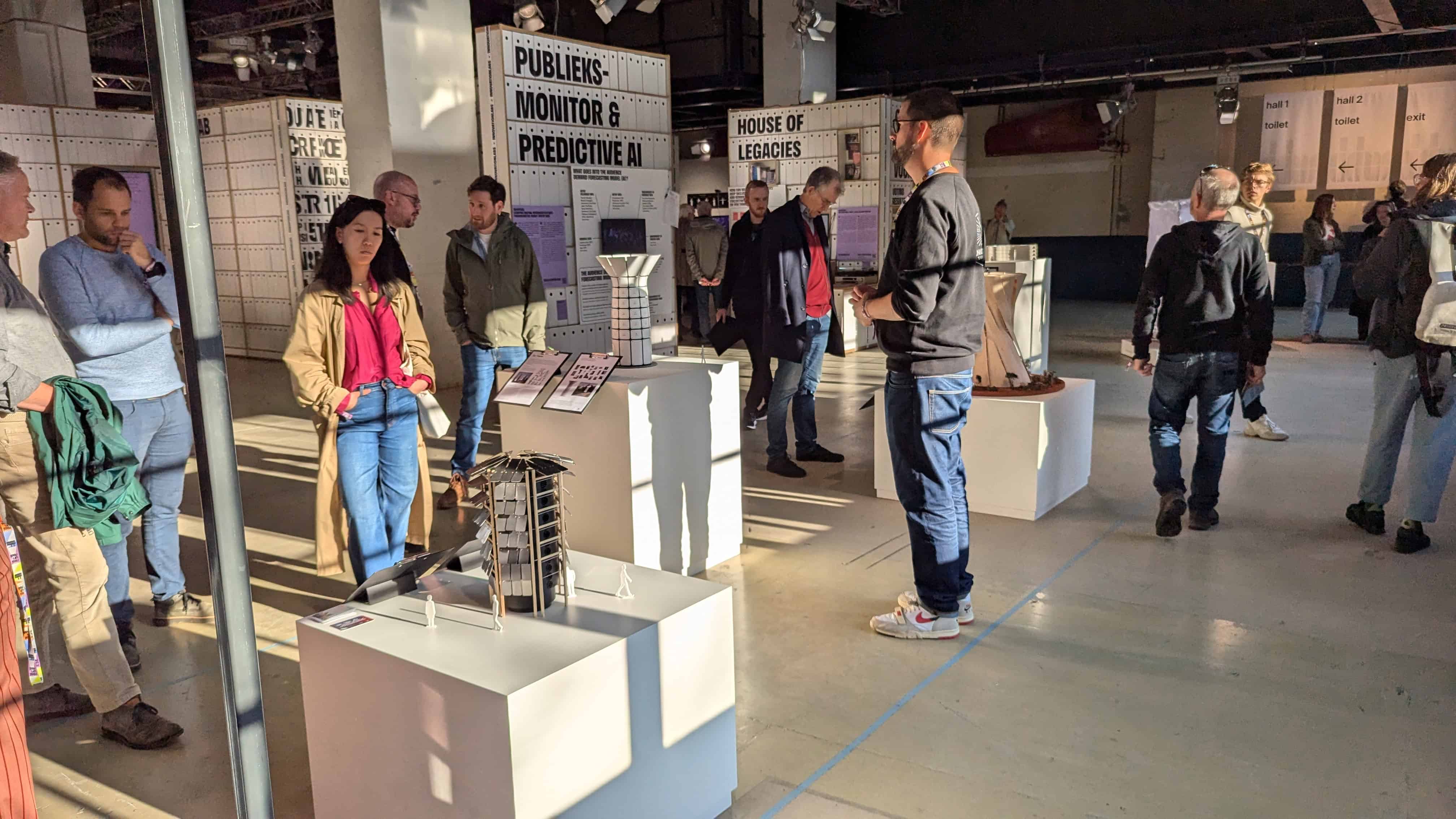
How can design approaches, artistic initiatives and (bio)technological developments contribute to solutions for global problems? It is a question that is central to many designers at the Dutch Design Week. This is also the case for ”In The Age of Post Drought‘,’ where fourteen designers have been working on water issues which have been caused by climate change. What to do when it comes to dehydration, pollution, shortages and disruption?
Innovation doesn’t have to be complicated
Gabriele Diamanti designed a small device for decontaminating water. This could be a particularly useful tool in third-world countries where clean drinking water is very scarce. The purification system works on solar energy and produces 5 liters of clean water every day. The design is open-source – which makes it accessible to local tradespeople. Made from terracotta, anodized zinc and recycled plastic, the system can be easily made with just a few materials. Diamanti shows that innovation doesn’t have to be complicated.
Aquatocene is an artistic project that explores the effect of noise pollution on ecosystems in lakes, rivers and seas. The designers believe that very little research has been done on the ecological impact of noise pollution. Which is why Robertina Šebjanič has been traveling all over the world since 2016 to gather data. Her audio-visual installations stem from aquatic sounds from, among others, the Wadden Sea near Vlieland and the IJ in Amsterdam.
The Journey of a Raindrop
While many projects seek to address water problems that are due to climate change, Jolan van der Wiel’s Tropic City project and ongoing research is an attempt to embrace the forces of climate change. “Rain, for example, can have a tremendous destructive power. But it also stimulates fertility,” says the designer. Van Der Wiel wants to show that we can – and perhaps should – adapt to climate change as well. His installation The Journey of a Raindrop uses water and air to show which shapes and phases a raindrop takes during its lifespan.
Van der Wiel hopes that visitors will be more in awe of water and air and what these elements mean in their lives: “I love The Journey of a Raindrop story, because it makes a vast subject small and personal. We all need water; water can be beautiful but also devastating. So this drop of water is a way to tell the bigger story about a world in which we should have much more respect for our own natural origins and environment. Where we are beginning to work with natural elements and are integrating these into our daily lives more and more.”




